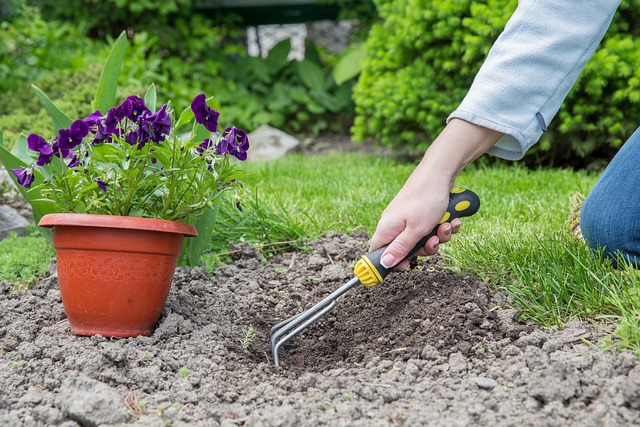If you want to start gardening then this article will provide you complete and detail guide for gardening beginners. Gardening is the best hobby and activity for health and positive attitude.
Many people’s want to utilize their space. In my point of view gardening is the best option. Plants provide you fresh oxygen, absorb toxic elements and gases which present around our home or society. If we are living near any industrial area or commercial area where many gases are emitted from industry then gardening is best option to purify the air. There are many benefits of gardening.
10 tips for Gardening for beginners
Here are some very useful guide for gardening beginners. These guides help you to understand garden location, easy plan for garden, how to grow plant from seeds, care for garden, insects and pests inspection of garden.
Know your garden location
Before you start gardening, it’s important to understand your garden. Find out if it faces south or north, as this affects how much sunlight it gets. Also, check the soil type. If plants like camellias, magnolias, or pieris are growing, the soil is likely acidic. If not, it may be more alkaline. Doing a soil test can give you more details about your soil and help you choose the right plants.
Some plants need 12 hours day light some plants want 6 hours sun light so know your garden location is very important. You can draw a simple table for sun light. You can use a technique.
To monitor changes in light over time, mark areas in your house that get sunlight and track how much light each spot gets during the day. You can even use a piece of tape to mark where the sunlight reaches on walls or floors at different times.
Plan your garden
Planning your garden is a great way to start. It helps you decide where to plant things, so you don’t end up with a mix of plants that don’t look good together or fit your garden’s needs. By planning, you can also use color and structure to make your garden look beautiful all year round. You can choose different types of plants for your garden.
Learn how to plant
Planting your plants correctly helps them grow strong and last a long time. Prepare the soil by weeding and adding mulch or fertilizer if needed. If you’re unsure how to plant something, look up instructions online. Planting trees too deep or leaving roots above the soil can harm them, causing the plant to dry out and die.
Proper Water Sources
Water sources are very important for gardening. If you are planting tree then you water requirement will be high. If you are choosing small heights plants then you can choose drip irrigation methods. Main water source should be available near the garden where you want to grow plants. If you have enough water then you can choose flood irrigation or open irrigation. If you have limited resources then you can choose some latest irrigation technologies.
Feed and water plants regularly
Knowing when and how to water plants is key to keeping them alive. Water the roots, not the leaves, because that’s where the plant absorbs water. It’s better to soak the roots once a week than water a little every day. Plants also need feeding, usually every two weeks in spring and summer. If you’re growing plants in containers, they may need more feed.
Keep an eye on pests
To check for insects and pests in your garden, start by carefully inspecting your plants, especially the leaves, stems, and the underside of the leaves, as pests often hide there. Look for signs like small holes, discoloration, or sticky residue on the leaves. You might also spot tiny insects like aphids, whiteflies, or spider mites.
If you see any webs or tiny bugs, they could be harmful pests. Check your soil for pests like ants or grubs and watch for any yellowing or wilting plants, which can indicate a problem. It’s also helpful to check your garden early in the morning or late in the evening when many insects are more active. Regularly looking at your plants will help you catch pest issues before they get worse.
Make use of compost
Making compost for your garden is a great way to recycle waste and improve your soil. Start by choosing a compost bin or creating a small pile in a corner of your garden. Add a mix of green materials like fruit and vegetable scraps, grass clippings, and coffee grounds, which provide nitrogen, and brown materials like dry leaves, straw, and small twigs, which add carbon.
Be sure to turn your compost regularly with a shovel or rake to help it break down faster and prevent bad smells. Keep the pile moist, but not too wet. After a few months, the compost will turn dark and crumbly, ready to be used in your garden to enrich the soil and help your plants grow healthy.
Don’t be afraid to prune
Pruning your garden is about cutting back dead or overgrown parts of your plants to help them grow better. Start by using sharp, clean pruning shears to remove any dead, damaged, or diseased branches. Look for stems that are crossing each other or growing inwards and cut them back to allow better airflow and sunlight.
For flowering plants, prune after they’ve bloomed to encourage more flowers next season. For bushes or trees, trim the branches to shape them and remove any growth that’s too long or unruly. Always make clean cuts at a slight angle, just above a bud or junction to help the plant heal faster. Pruning regularly will keep your plants healthy and looking their best.
